The romantic trout fishing camp no longer exists. Nevertheless it gets dark even today in the wild. But as there is always a village somewhere we are the main actors for about 70 children’s eyes who watch with excitement and awe how we set up table and chairs. After they have understood our question about firewood thanks to a photo on the mobile phone, 70 children’s legs run off and three minutes later we have twigs, branches and roots sufficient for a midsummer fire. It’s a good thing for our privacy that they are brought back to the village at nigh.
After the morning toilet in the mountain river at 2,000 meters altitude (really cold!) we drive to one of the most beautiful crater lakes over a very narrow and partly even for 4×4 cars very steep forest road. And at the end we walk another hour through the rainforest up to the crater rim and enjoy a breathtaking view of the Wentzel-Heckmann-See, how it was called at the time of German East Africa. An idyll without motorboats, jet skis and music.
Das romantische „Trout Fishing Camp“ am Fluss mit den vielen Gebirgsforellen existiert nicht mehr. Dunkel wird es trotzdem. Wir campen in freier Wildbahn. Aber irgendwo ist immer ein Dorf (es könnte Isongole heißen). Und so verfolgen rund 70 Kinderaugen gespannt und in ehrfürchtigem Abstand, wie wir Tisch und Stühle aufbauen. Nachdem sie unsere Frage nach Feuerholz dank eines Fotos auf dem Handy verstanden haben, rennen 70 Kinderbeine los und drei Minuten später haben wir Zweige, Äste und Wurzeln ausreichend für ein Sonnwendfeuer. Gut, dass sie bei Einbruch der Dunkelheit zurück ins Dorf geholt werden und das ethnologische Fortbildungsprogramm „So seltsam leben die Weißen“ beendet ist.
Nach der Morgentoilette im Gebirgsfluss auf 2.000 Metern Höhe (kalt!) fahren wir zu einem der schönsten Kraterseen über eine sehr schmale und teilweise selbst für 4×4 arg steile Waldpiste. Und als nichts mehr geht, laufen wir noch eine Stunde durch den Regenwald hoch zum Kraterrand und genießen einen atemberaubenden Blick auf den zu Zeiten von Deutsch-Ostafrika so genannten Wentzel-Heckmann-See. Eine Idylle ohne Motorboote, Jetski und Musikbeschallung.
Two hours later the contrasting programme: In Mbeya, the economic centre of South Tanzania, all 300,000 inhabitants seem to be bustling through the dilapidated streets at the same time, whereby the tuk-tuk density reminds of some capitals in Southeast Asian.
Und noch am gleichen Tag das Kontrastprogramm: In Mbeya, dem wirtschaftlichen Zentrum Süd-Tansanias, wuseln alle 300.000 Einwohner scheinbar gleichzeitig durch die maroden Straßen. Und die Menge an knatternden Tuk-Tuks erinnert an manch südostasiatische Großstadt.
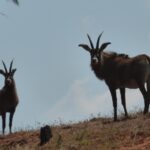
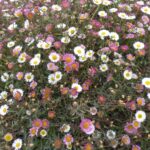
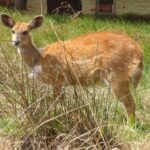
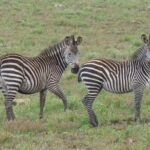
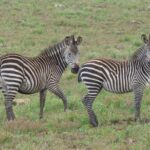
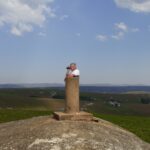


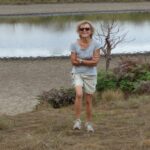
Schreibe einen Kommentar